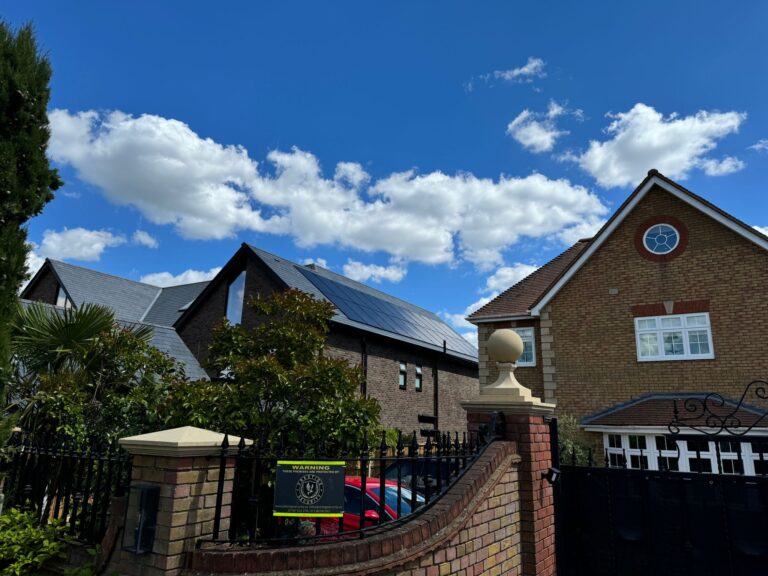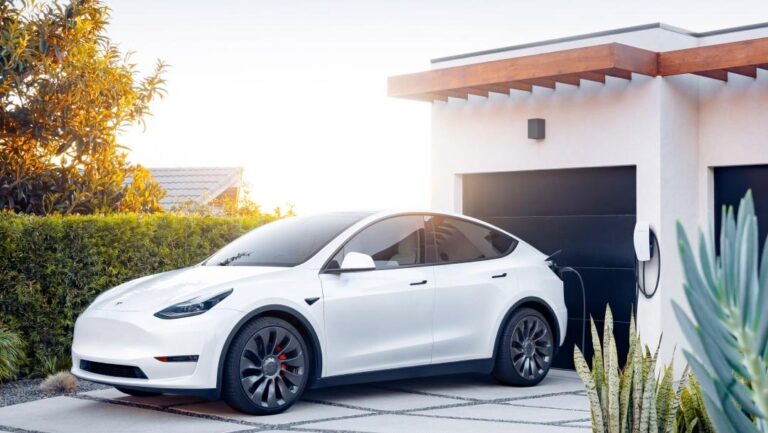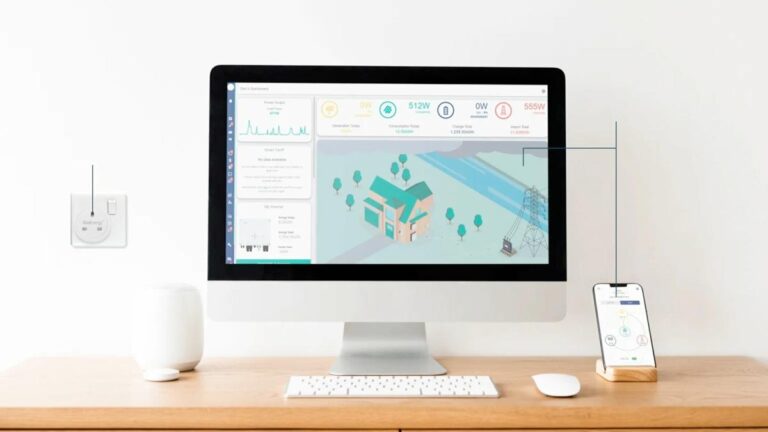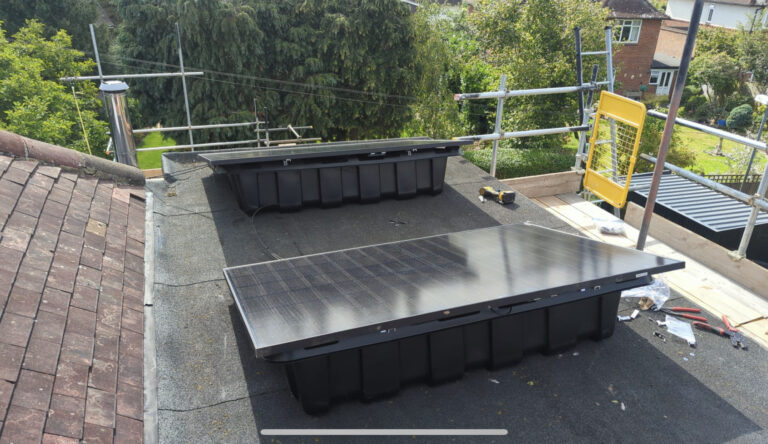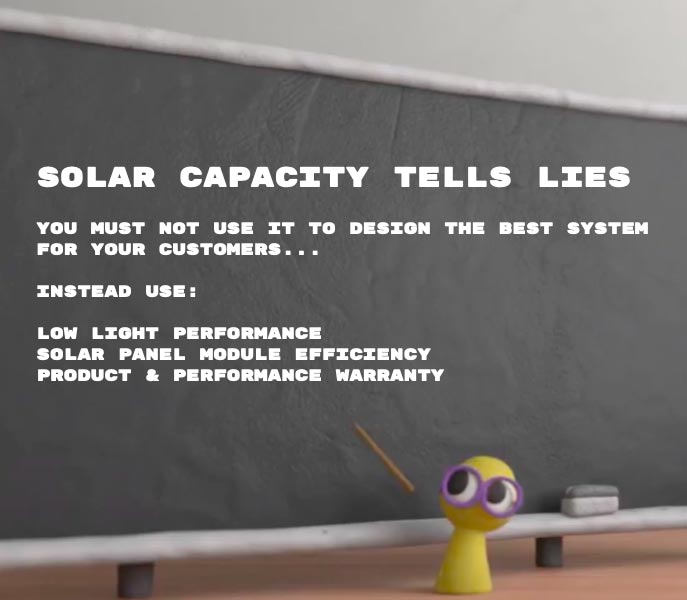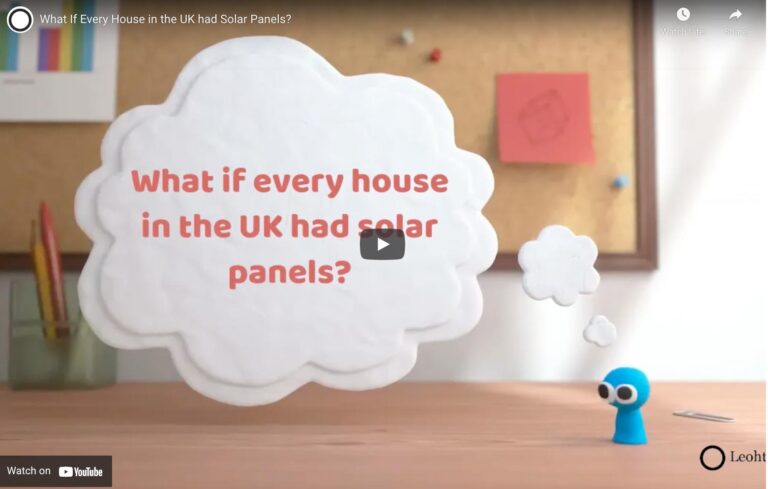Solar panels are expected to last 40-50 years. Although, in theory, solar cells will still be producing power long after we’re all gone.
Good quality solar panels have a warranty of between 25 to 30 years. The warranty guarantees the solar panels operate at a minimum performance in year 25 or year 30 compared to day 1.
Degradation for a quality solar panel is typically 2% in the first year and between 0.25-0.5% per year thereafter.
We typically use the premium all-black Q Cell G9 solar panels, the warranty guarantees year 25 performance to be 86% of day 1 capacity. Expect degradation to continue at approximately 0.5% per year thereafter.
LG Neon R panels have an 88.4% 25-year performance warranty. Meaning they will perform at 88.4% or greater than day 1.
Jinko Solar panels have a 30-year performance warranty – guaranteeing 87.4% production in year 30 compared to day 1.
All MCS certified solar panels have accompanying datasheets, let us know which panels you have or have been proposed and we’ll send you the corresponding datasheet.
How can I find out how long my solar panels will last?
Not all solar panels are created equal. It is worth checking the manufacturer of the solar panels that you are proposing to install or have been recommended and check the degradation figures in the datasheet.
It may be cheaper and tempting to install lower quality solar panels but a cheaper solar panel is likely to be a false economy that may start to become more expensive after the degraded performance.
Even though the differences per year may appear very small, over the lifetime of the system the difference may be as high as 30% of the total energy produced. Therefore dwarfing the £500 saving that a cheaper panel may save initially.
The MCS performance calculation does not take degradation into account so if you are proposed a solar panel brand you are not familiar with, it’s worth checking the degradation figures.
A few good brands to look out for (always use an MCS certified installer/check the products are MCS certified):
Jinko Solar Q Cells LG SunPower Longi REC Solar Edge Trina Solar SolarWatt
If you stick with an MCS certified panel and an MCS certified installer you’ll be in good hands!
What causes solar panel degradation?
Solar panels degrade over time due to normal wear and tear, light-induced degradation (UV ray intensity) and weather conditions – such as heavy snow, high temperatures, salt (by the sea),sand and heavy rainfall. The rate of degradation is explained in each solar panel’s datasheet.
3 mains types of degradation:
Light/UV rays.
Light-induced degradation (LID): The solar cells in the solar panel coming into contact with the outside environment.
Direct-light exposure: The components/cells coming into contact with light during the initial set-up or manufacture. This can cause heating but does not last long.
UV ray degradation: Exposure initially to UV rays (daylight) can cause the solar cells to form a layer of boron dioxide which can reduce efficiency. The higher the UV levels, the greater the risk (very low in the UK).
Potential-induced degradation.
Potential meaning electric potential. If for example, two components within the panel operate at two different voltages there can be a voltage leak and less voltage gets to the inverter. This is less of a source of degradation with modern solar panels as manufacturers have become more experienced in eliminating PID degradation.
Age-related effects.
Due to their exposure to the elements, solar panels will degrade over time. Heavy snow/ice, high temperatures, salt, sand and dust can affect the module can cause frame corrosion, cell contamination or microcracks on the solar modules glass, which can cause shading, reducing the amount of light the cells can convert to power.
Conclusion
Solar panels have a performance warranty of 25-30 years.
Good quality solar panels will still produce 86%+ of their day 1 production capacity in year 25.
You can expect degradation to occur thereafter at a rate of 0.5% per year.

